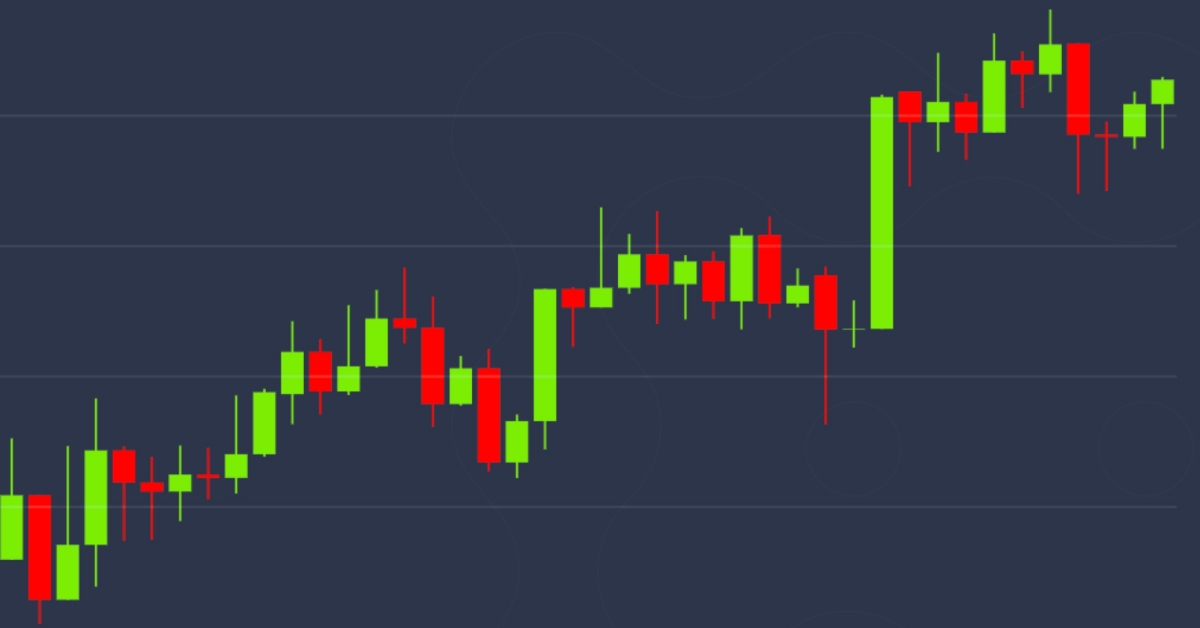Riot Platforms at the Heart of Texas’ Debate Over Bitcoin Mining’s Effect on the Grid
Texas is the largest power producer in the U.S., home to large amounts of both fossil fuel and renewable energy generation. It is also one of the world’s foremost bitcoin mining hubs, with about 1.5 gigawatts (GW) of mining as of August 2022.
These attributes make it a good place to experiment with the integration of bitcoin mining into power grids. The local grid operator, the Electricity Reliability Council of Texas, has been using economic incentives to align miners’ interests with those of the public.
This story is part of CoinDesk’s 2023 Mining Week, sponsored by Foundry.
However, these incentives, which come in the form of various demand response programs, have come under fire from local residents and legislators. They say the state is subsidizing an industry that is harmful to the environment and local communities.
Riot Platforms (RIOT), one of the largest bitcoin miners in the world, is at the heart of these debates. Riot saved $27 million in 2022 for not mining bitcoin under demand response programs, which allow large energy consumers to power off when the electric grid is facing demand surges in exchange for credits for later use.
Looking to cap the mining industry’s participation in such programs to 10%, Texas legislators recently proposed Bill SB 1751, which initially passed the State Senate. But it failed to make it through a House committee in May.
Riot is developing two sites in Texas, in Navarro and Milam counties, with a total energy capacity of 1.7 gigawatts (GW). The Navarro site will be the biggest bitcoin mine in the world, the company claims.
One megawatt of power can normally power about 1,000 homes in the U.S., but only 200 Texas residences during the summer, according to ERCOT (the need for AC is that steep). If completed, Riot’s sites would consume enough energy to power 340,000 Texan homes in the high demand season.
For local resident Jackie Sawicky, Riot is taking advantage of state incentives for its own profit, leaving citizens to foot the bill.
Sawicky founded and leads the group Concerned Citizens of Navarro County – which is made up of 700 local residents – and participates in advocacy group National Coalition Against Cryptomining, which is active in six states. The Navarro group has dug into filings to try to pinpoint the firm’s impact on the community and environment.
“If Riot wasn’t underwritten and subsidized by Texas taxpayers and those of us who actually pay our bills, would they even still be in business?” Sawicky asked, pointing to $509.6 million in losses the firm reported in 2022. About 95% of the losses were due to impairments in assets, filings show.
When energy demand and prices spike, the cost of the energy outweighs the price of Riot staying in operation, so “they’re going to shut down anyway,” Sawicky said. Her argument was echoed by State Senator Lois Kolkhorst, who sponsored the mining cap bill, and environmental advocates at the bill hearing.
But that’s not a universal view. Marathon Holdings (MARA) CEO Fred Thiel thinks miners are actually contributing to grid development and stability.
“Most people don’t understand that bitcoin miners act as great load balancers and are very complementary to the grid in Texas. They actually provide financial incentives for more renewable energy to be developed,” he said in an interview with CoinDesk.
When demand for energy is low, bitcoin miners can act as a base load of consumption that will keep money flowing into wind and solar energy producers, making their operations profitable enough that they can grow more, proponents such as the TBC argue.
This is particularly important for renewable energy, which can produce big spikes in supply at times when there is little demand (e.g. when the wind is blowing overnight driving turbines). When demand spikes, miners can easily power off, unlike other industrial facilities where constant energy is required.
Producers participating in ERCOT’s demand response programs are supposed to ramp down only if grid managers have told them to. And some non-miners have been accused of following their own timetables, causing unnecessary electricity price rises.
“You really need to look into all the demand response programs, especially certain types of demand response services” because often, they power off early, before they are called on to shut down by ERCOT and prices have spiked, said Jason Cox, an energy consultant who works with Riot and and other miners through Priority Power Management.
The residents’ group also accuse the miners of failing to make sufficient tax and community contributions.
Riot noted a deferred tax benefit of $11.7 million in taxes in 2022, primarily due to changes in contingent consideration liability. The firm pays 100% of its local sales tax, it said, but is exempt from this duty on a state level, along with other data centers.
Sawicky claims that Riot saves $200 million in property tax for its Milam county site, based on public records that she has requested from authorities. Riot declined to specify how much property tax it pays, but said it’s 100% of the ad valorem property tax as set by the school district in Navarro county (assessed by the value of its investment in the area).
The company has neither received nor requested any tax abatements from Navarro county, said Navarro County Director of Economic Development John Boswell.
Riot “works with our local governments to structure tax incentives that are mutually beneficial” to both parties, the firm said.
:format(jpg)/cloudfront-us-east-1.images.arcpublishing.com/coindesk/6EWCA66WY5BRLEEWMHL27TG5OM.jpg)
More than tax revenue, bitcoin miners bring precious jobs to underdeveloped communities, the industry argues. Riot is the top employer in Milam county and number one taxpayer in its school district, according to the firm. The county could not independently confirm this claim.
Sawicky thinks the employment footprint is miniscule.
Riot will bring up to 400 jobs to Navarro, once it is fully operational, and the expansion of the tax base will be beneficial to the county, Boswell said. “We see this as a very clean, good project with good jobs,” with good wages and benefits, he said.
The firm told CoinDesk it will bring “250 full-time, high-wage jobs” in Navarro county and has already provided 300 jobs in Milam.
These contributions are minimal, said Sawicky, pointing to the TBC’s own testimony on the bill. The industry employs only 2,000 people in Texas, said the lobbying group’s president Lee Bratcher. Out of 30 million Texans, “that’s not even half of 1%,” Sawicky said.
“These places set up shop in poor, depressed areas and they promise jobs and tax revenue,” only to drive up electricity costs, Sawicky said.
The average hourly wage in Navarro is $19, a third less than the national average. Riot did not respond to CoinDesk’s question about the wages it pays.
At a bill hearing, Senator Kolkhorst cited a report claiming electricity bills grew by $300 when miners’ set up in New York’s Plattsburgh. The New York Times said in an article that bills have increased 5% per year in 10 mines it studied. When miners cluster in an area, critics claim, demand and prices for electricity rise.
Industry proponents argue that miners can actually improve the profitability and stability of the grid because they can turn on and off at a moment’s notice.
Energy adviser Cox disagrees with the argument that miners drive up electricity bills. Miners “actually use power when there’s way more renewable energy on the grid,” he said.
That can actually improve generators’ economics, Cox said. Without this consumption at those times, renewable energy producers might have to reduce output or turn off to mitigate congestion, a practice known as “curtailment.” By consuming when no one else wants to, and not consuming when prices are high, miners reduce curtailment while reducing the cost of meeting peak demand.
Recent peer-reviewed research led by Texas A&M University found that bitcoin mining can provide load flexibility that “could potentially avoid all reliability concerns without major economic loss,” while the price responsiveness of bitcoin miners can “mitigate market disruptions.”
The Navarro citizens also take issue with how Riot set up their site in a residential neighborhood, Sawicky said. None of the residents were informed or consulted ahead of construction, she said.
Communications between Boswell and Riot’s former CEO Chad Harris show the company was concerned about publicizing their activity. To Boswell, this is standard practice for a company looking to keep its location planning confidential.
On top of all the concerns about miners’ impact on the grid and local communities lie environmental issues.
Even if Riot uses 100% renewable energy, “we will never divest from fossil fuels, we will never transition to renewables as long as the bitcoin blockchain is being used at scale,” because its hashrate and therefore energy consumption is consistently growing by design, and therefore drawing away power from other users, Sawicky said.
The project could use at least 1.5 million gallons of water a day, according to records Sawicky requested. The county has faced “extreme drought” in the past year, so water is a precious resource.
Economic director Boswell said the county can meet Riot’s needs while satisfying local residents as well.
Riot declined to specify how much water it requires, but said that “the volume is consistent with similarly sized businesses with similar employee/contractor bases.”
Sawicky, a self-proclaimed hippie and environmentalist, remains unconvinced. She argues that bitcoin is a vehicle for fraud and crime and that its electricity use is ultimately wasteful. Riot and Boswell are just “guessing and throwing away numbers,” she repeatedly told CoinDesk.
Edited by Ben Schiller.









